Opera house: Carmody Groarke create an aria in timber for Glyndebourne's summer seasons
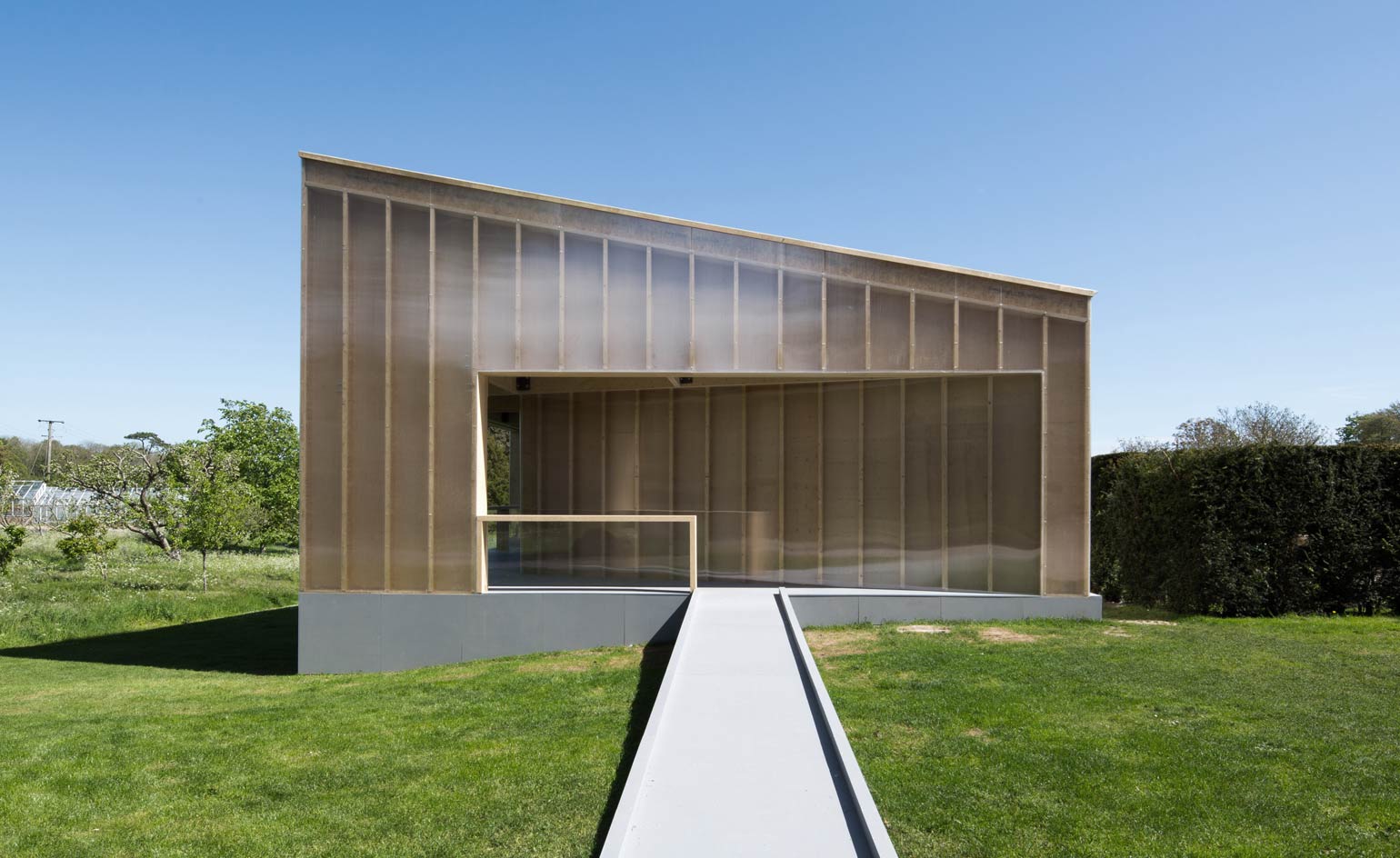
The international appeal of artists represented by White Cube meant the gallery's expansion into São Paolo and Hong Kong was a given. Glyndebourne, home of the summer opera festival and idyll for rosé picnics? Not so obvious. Nonetheless when Glyndebourne heir and chair Gus Christie sought to expand the programme into visual art, White Cube signed on for a three-year partnership.
Eighteen months later and the 2015 season is upon us, opening this week with 'Poliuto' by Donizetti in the opera house and artist Georg Baselitz at the new White Cube Glyndebourne, designed by London architects Carmody Groarke.
It is not a pop-up, I'm advised, but a flexible temporary structure that will be disassembled in autumn (to dodge inclement weather and planning restrictions), then reassembled each spring through 2017. For the right blend of raw, contemporary style and compassion for the landscaping, Christie went to the go-to practice for show pavilions. David Chipperfield protégés Kevin Carmody and Andy Groarke had caught his eye with their temporary Studio East restaurant, built 35m above the London Olympics site, and three consecutive pavilions for the Frieze Art Fair.
The 10x8m not-quite-white cube sits on the natural promenade from the car park to the theatre - a robust, engineered-timber frame sheathed in layers of polycarbonate cladding recalling the Frieze quarters. Raised on a podium of railway sleepers, it allows deep sightlines through a break in the hedges from the front entrance and views to the lake from the back. Groarke, who attended the recent hanging of Baselitz's gilt-framed works, says he envisioned 'a building within a building', with a deep, canopied terrace and ramp providing 'an interstitial space, with no abrupt transition between inside and out'.
Originally it was squat and flat-roofed, but ultimately the architects lifted the roof and tipped it against the dip in the earth, 'as a gestural uplift to the hills beyond'. A uniform series of neon-tube lights climb the peak on the inside - a touch of White Cube pizzazz in a building that, says Groarke, 'doesn't pretend to blend in'.
Yet nor is it meant to be provocative - though visitors, asked to share their picnic space with this experimental new occupant - may have other thoughts.
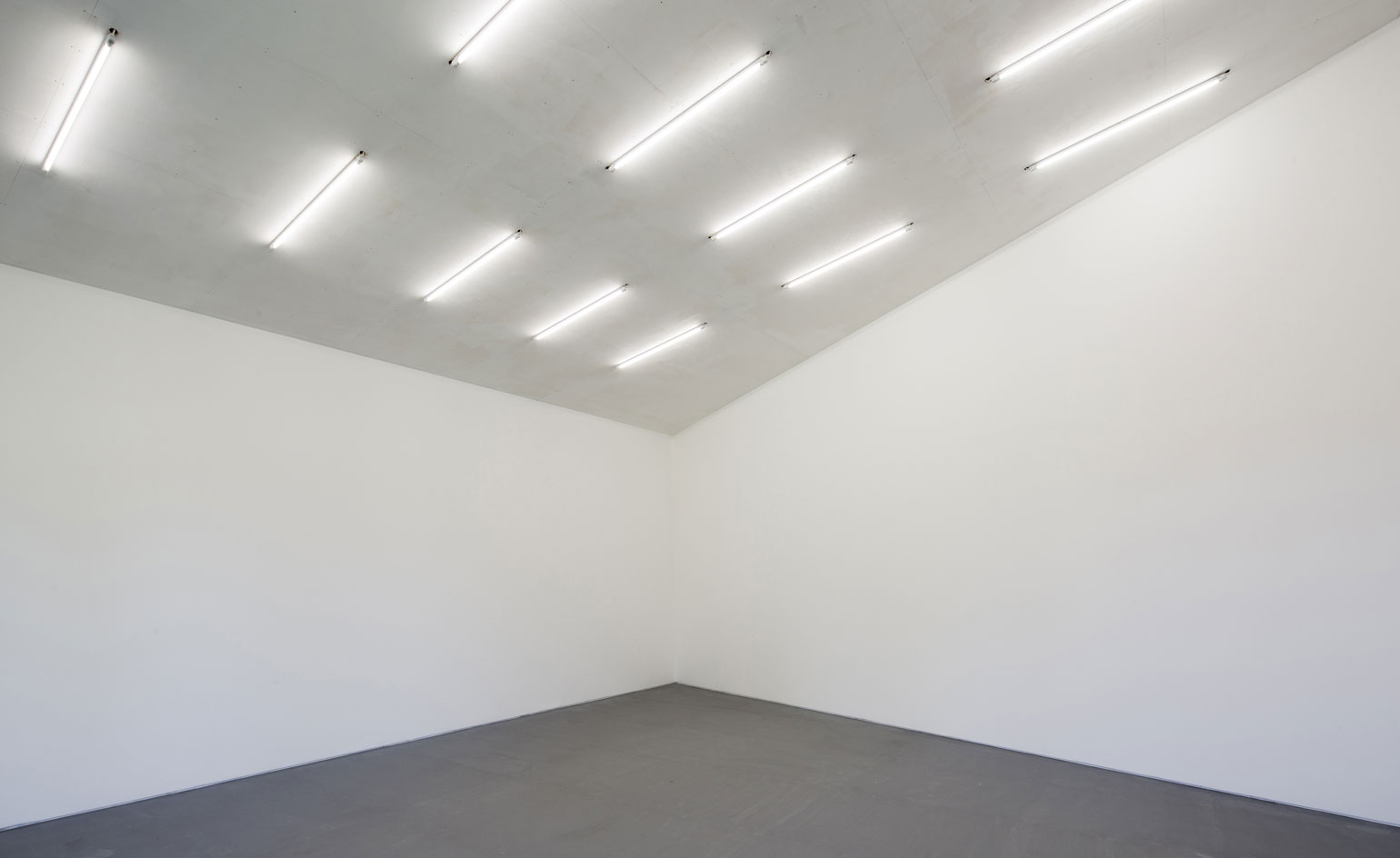
A uniform series of neon tube lights climb the peak of the sloping roof on the inside.
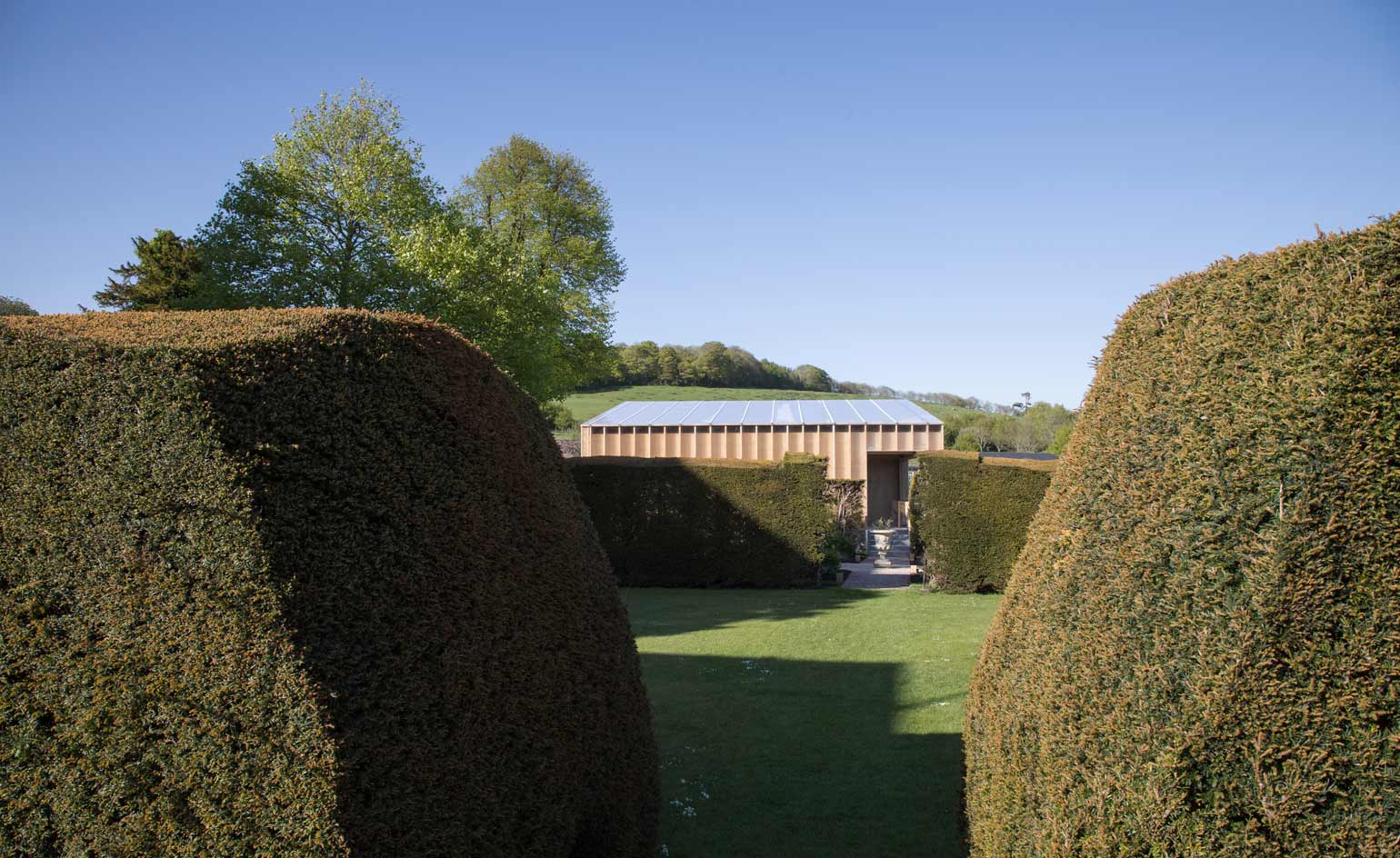
The cube is made from a robust, engineered-timber frame sheathed in layers of polycarbonate cladding
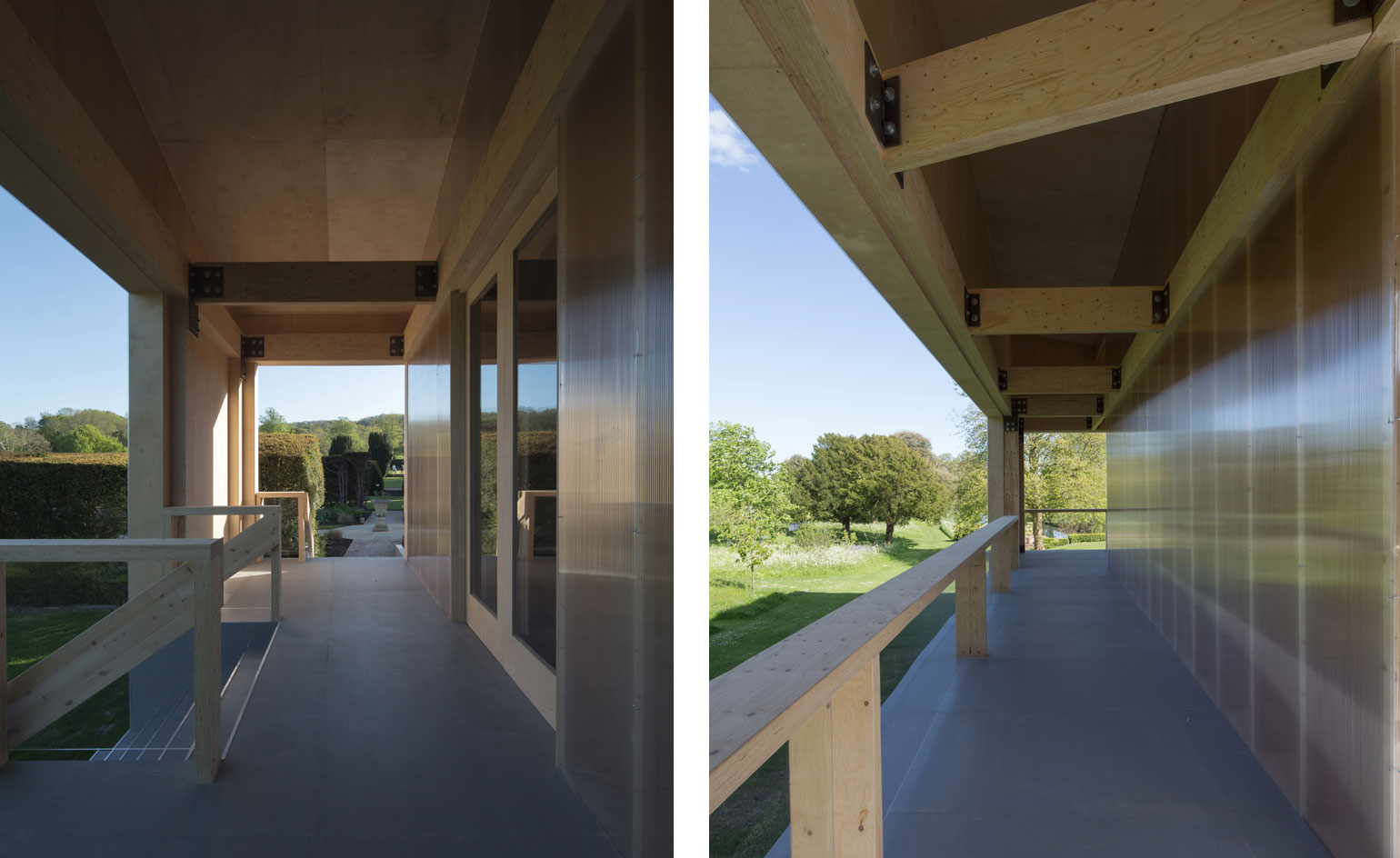
Andy Groarke says he envisioned the project as 'a building within a building...an interstitial space, with no abrupt transition between inside and out.'
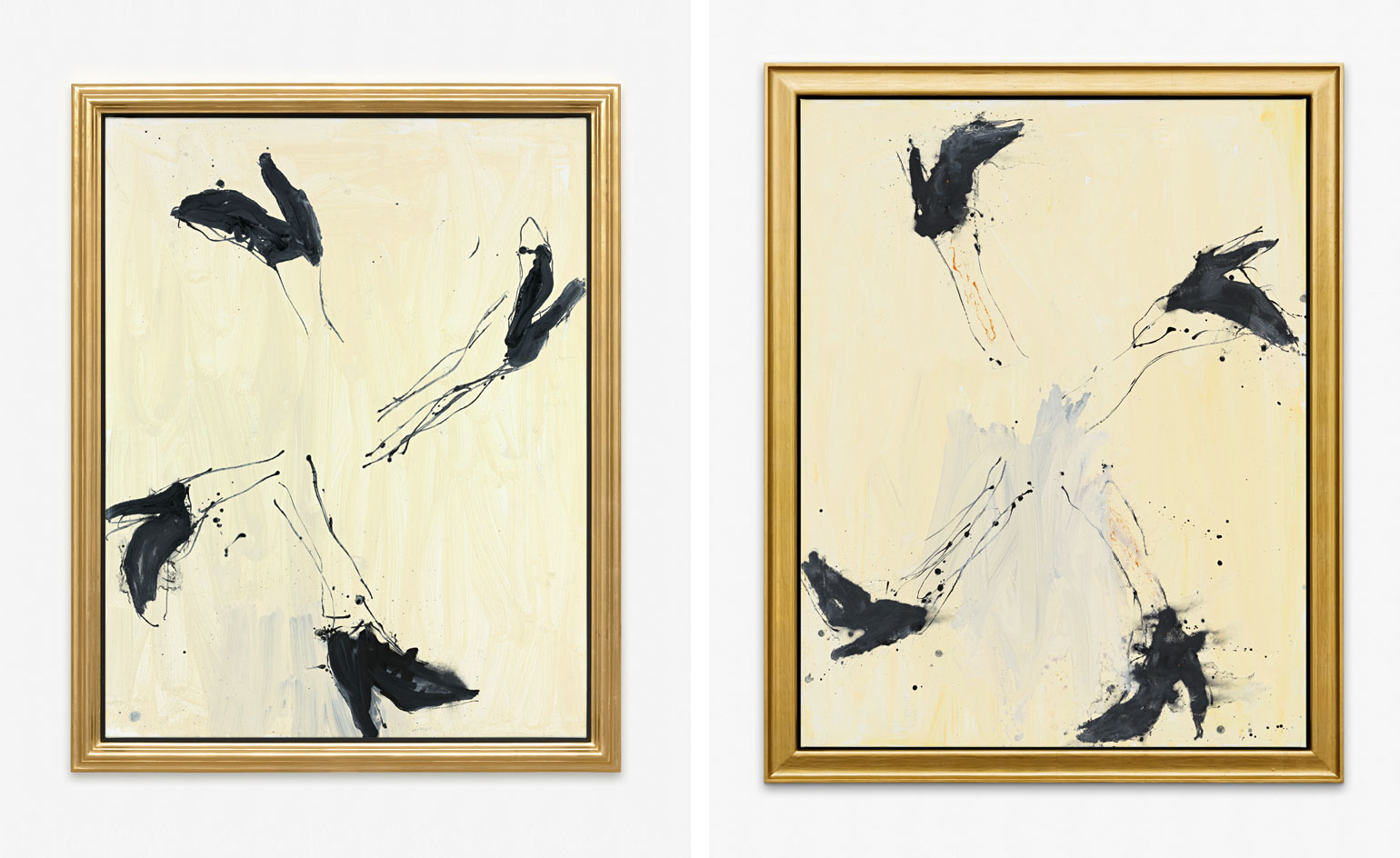
The debut exhibition showcases the work of Georg Baselitz. Pictured here are 'Twittering', 2014 (left) and 'Yesterday Wagner, today Bach', 2014. © Georg Baselitz.
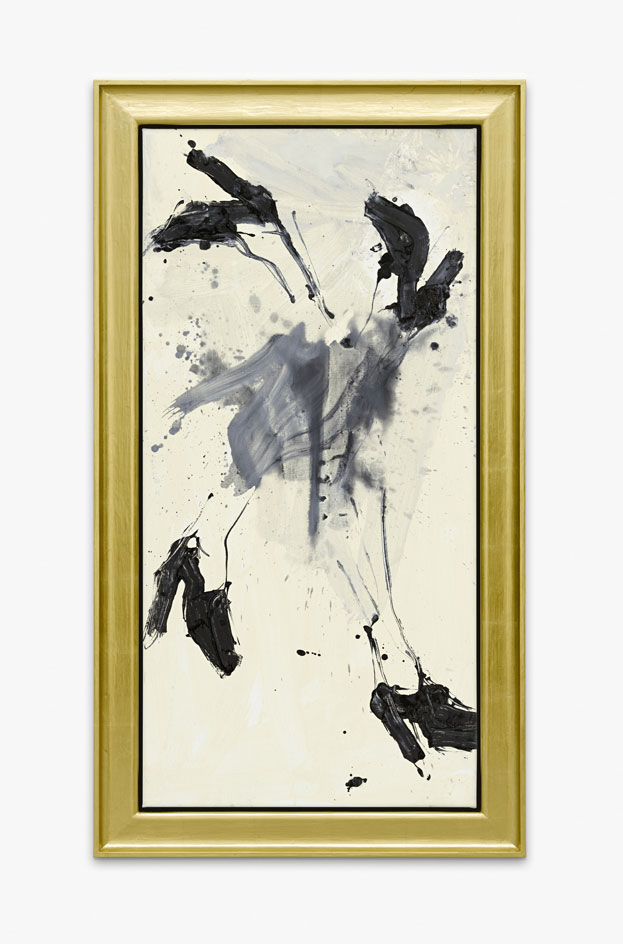
'Fire! A Song' by Georg Baselitz, 2015. © Georg Baselitz
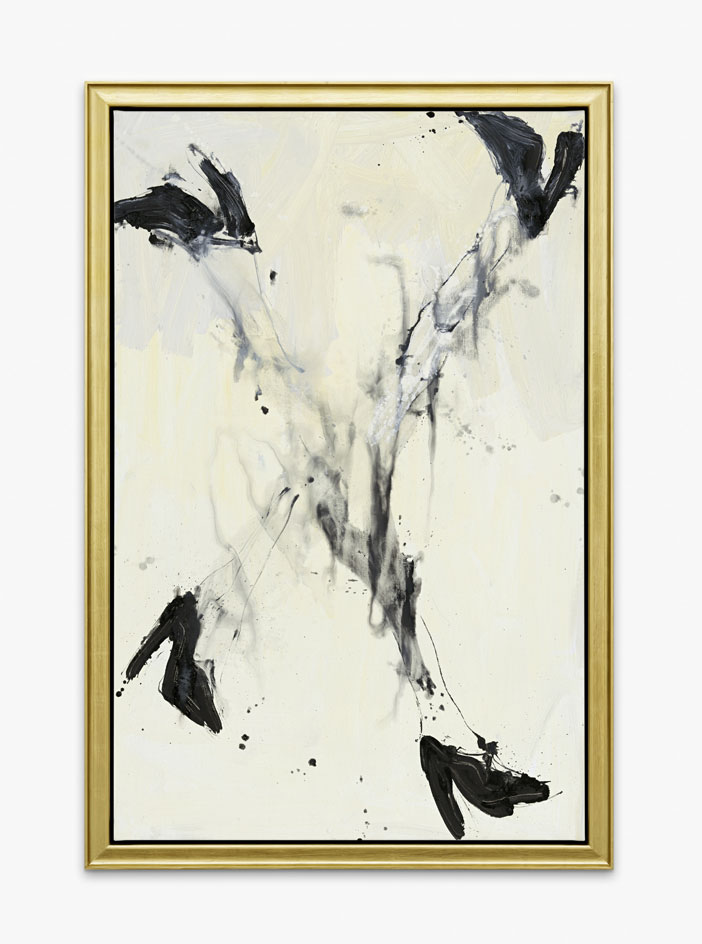
'With Harmonica, Too' by Georg Baselitz, 2015. © Georg Baselitz.
ADDRESS
Glyndebourne
Lewes
East Sussex
BN8 5UU
Wallpaper* Newsletter
Receive our daily digest of inspiration, escapism and design stories from around the world direct to your inbox.
Based in London, Ellen Himelfarb travels widely for her reports on architecture and design. Her words appear in The Times, The Telegraph, The World of Interiors, and The Globe and Mail in her native Canada. She has worked with Wallpaper* since 2006.
-
 All-In is the Paris-based label making full-force fashion for main character dressing
All-In is the Paris-based label making full-force fashion for main character dressingPart of our monthly Uprising series, Wallpaper* meets Benjamin Barron and Bror August Vestbø of All-In, the LVMH Prize-nominated label which bases its collections on a riotous cast of characters – real and imagined
By Orla Brennan
-
 Maserati joins forces with Giorgetti for a turbo-charged relationship
Maserati joins forces with Giorgetti for a turbo-charged relationshipAnnouncing their marriage during Milan Design Week, the brands unveiled a collection, a car and a long term commitment
By Hugo Macdonald
-
 Through an innovative new training program, Poltrona Frau aims to safeguard Italian craft
Through an innovative new training program, Poltrona Frau aims to safeguard Italian craftThe heritage furniture manufacturer is training a new generation of leather artisans
By Cristina Kiran Piotti
-
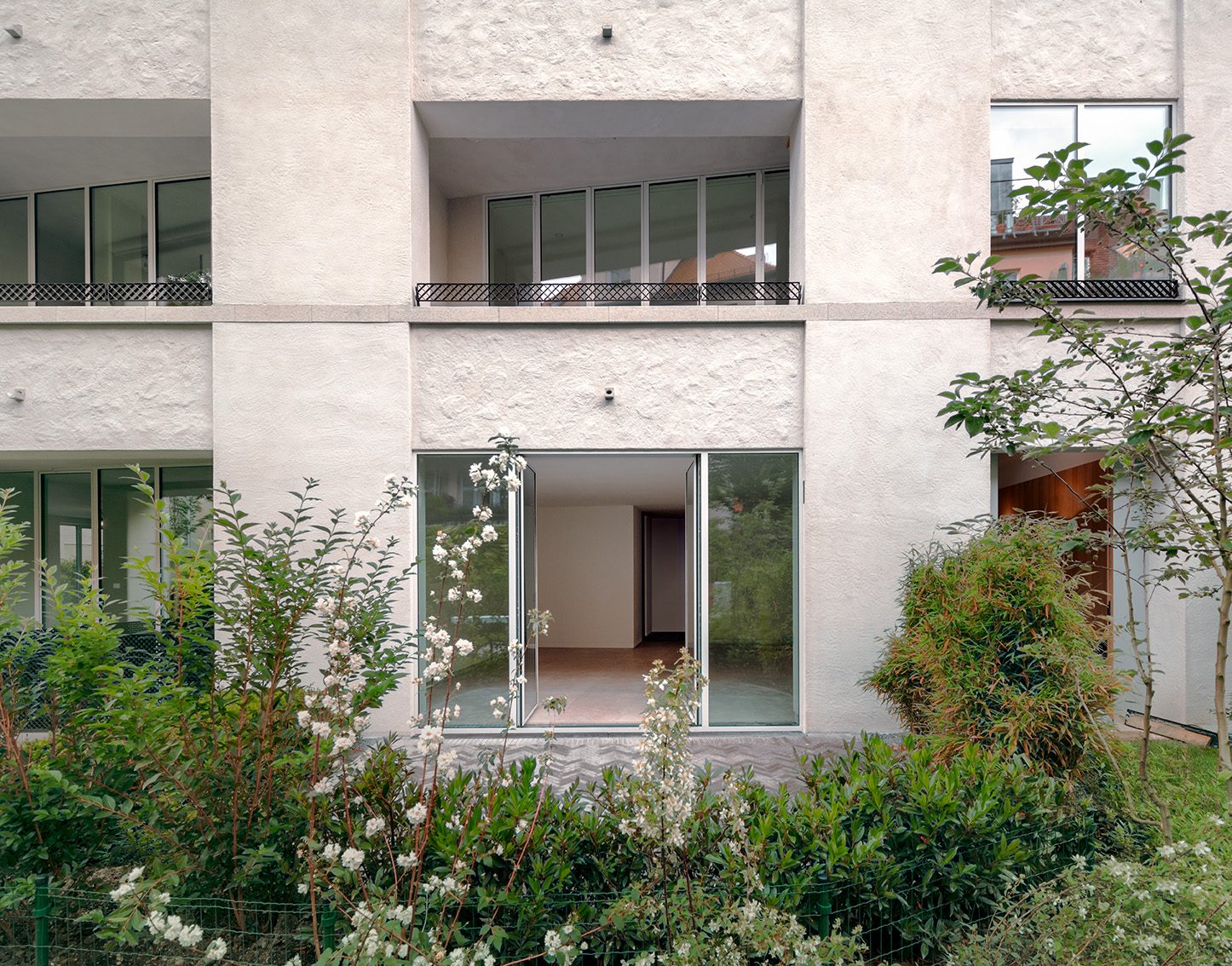 A ‘contemporary palazzo’ by David Chipperfield and Studio Mark Randel rises in Munich
A ‘contemporary palazzo’ by David Chipperfield and Studio Mark Randel rises in Munich‘Contemporary palazzo’ housing project in Munich is designed by David Chipperfield and Studio Mark Randel
By Ellen Himelfarb
-
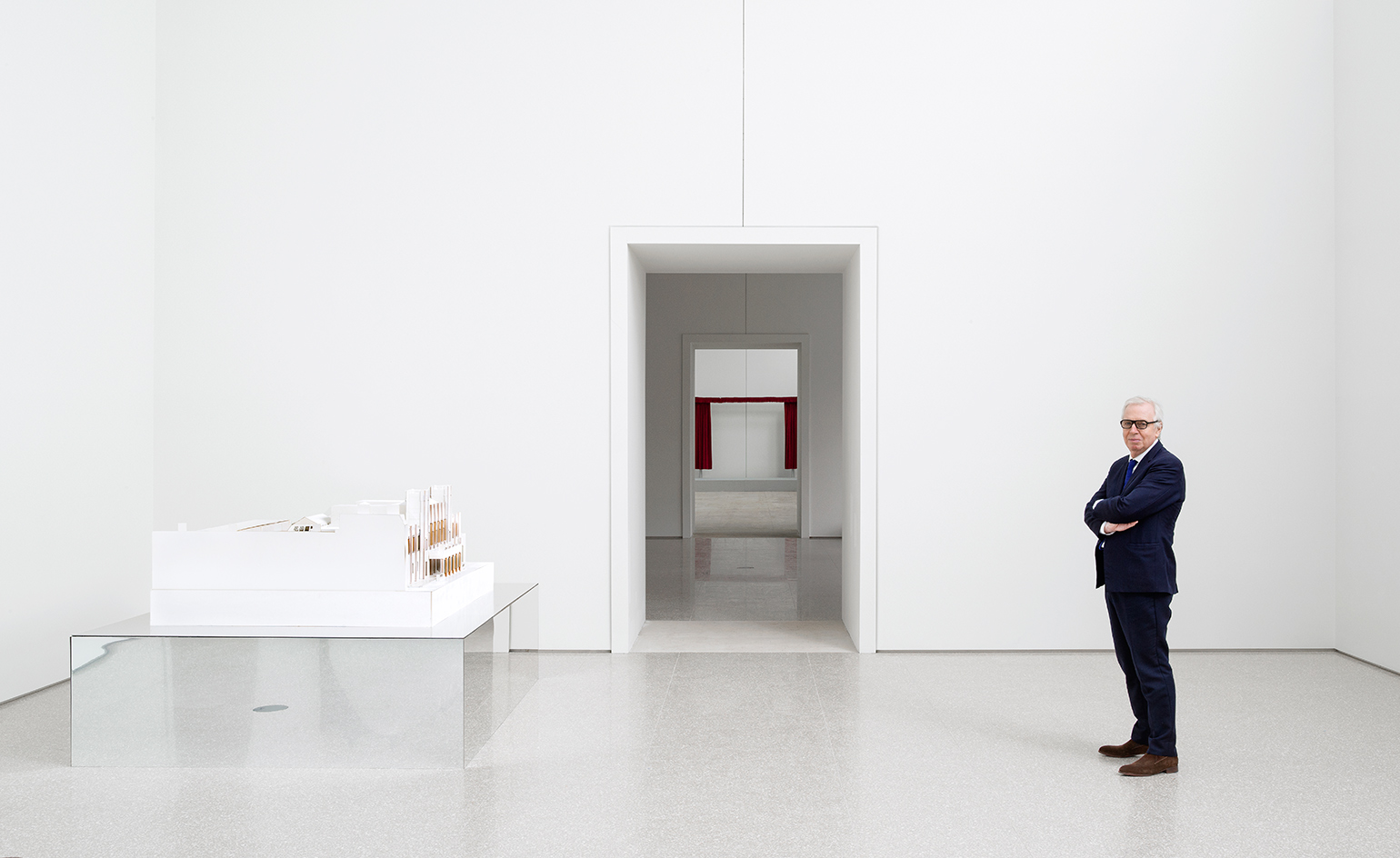 2023 Pritzker Prize goes to David Chipperfield
2023 Pritzker Prize goes to David ChipperfieldThe 2023 Pritzker Prize, one of the architecture field’s most prestigious honours, has been awarded to David Chipperfield
By Ellie Stathaki
-
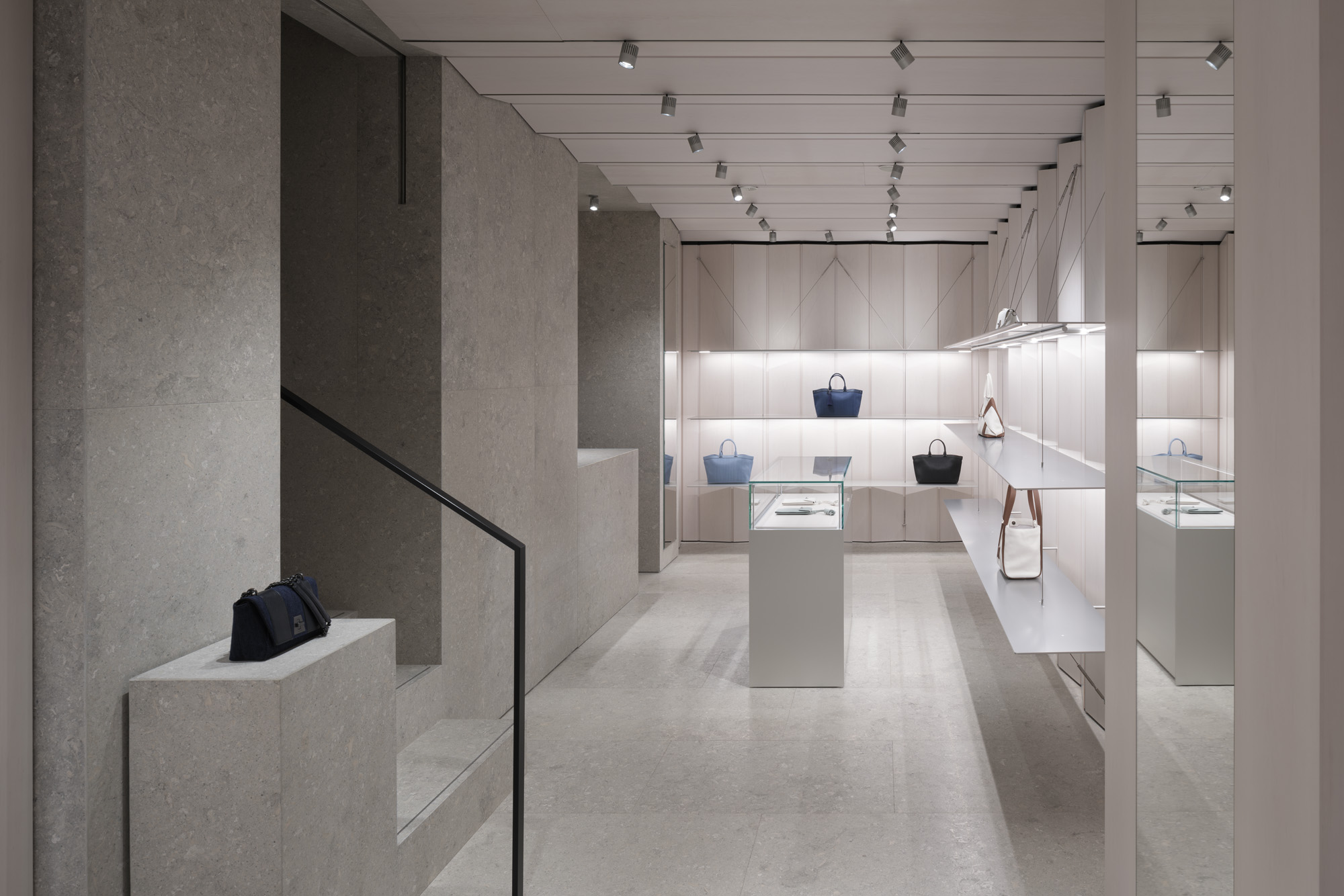 Store concept by David Chipperfield Architects for Akris is simply ‘selbstverständlich’
Store concept by David Chipperfield Architects for Akris is simply ‘selbstverständlich’An ethereal new store concept by David Chipperfield Architects for Akris is rolled out from Washington to Tokyo
By Ellie Stathaki
-
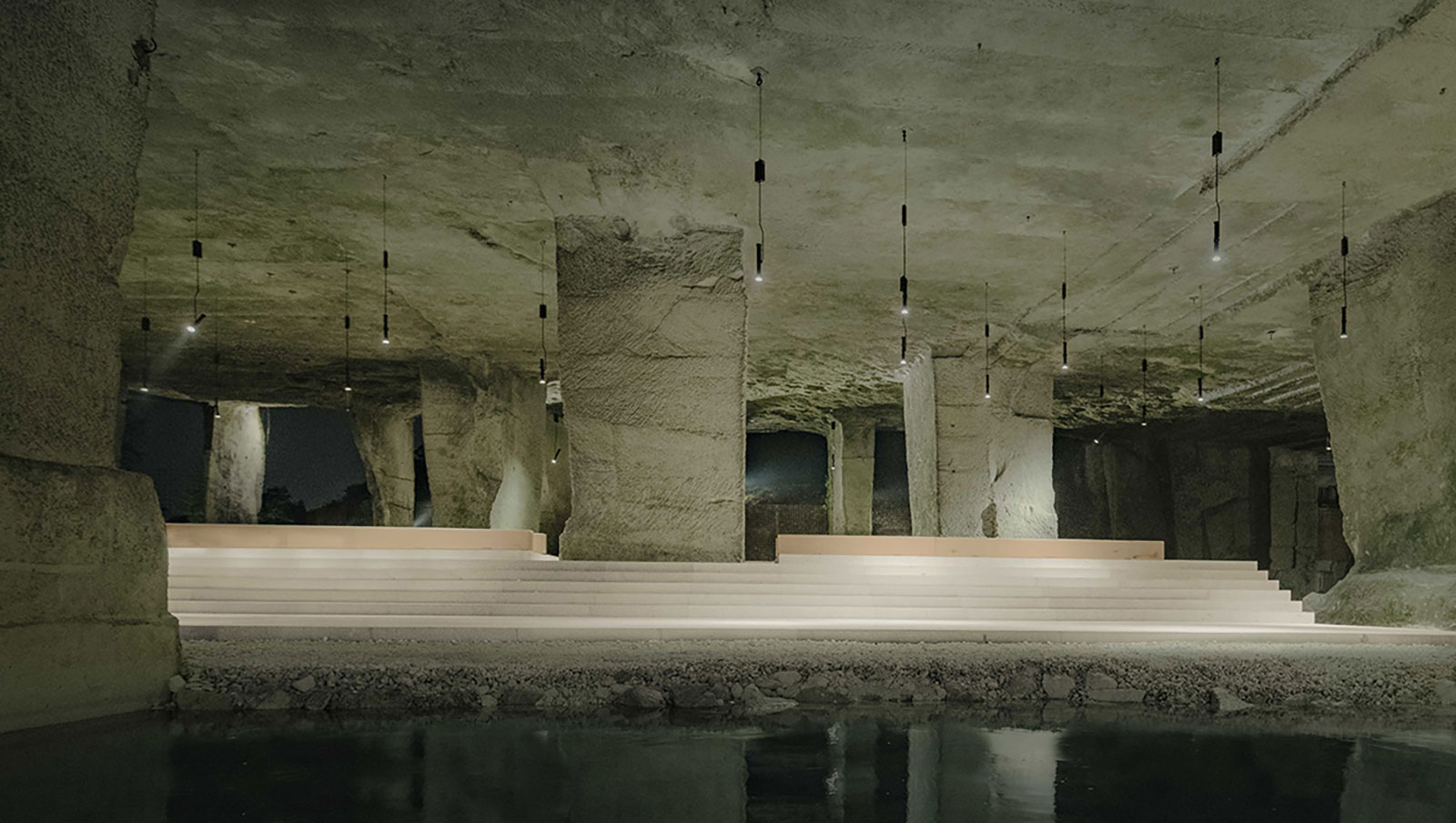 Step inside the dramatic Cava Arcari by David Chipperfield
Step inside the dramatic Cava Arcari by David ChipperfieldCava Arcari by David Chipperfield reimagines a series of caves outside Vicenza as a multifunctional event space
By Ellie Stathaki
-
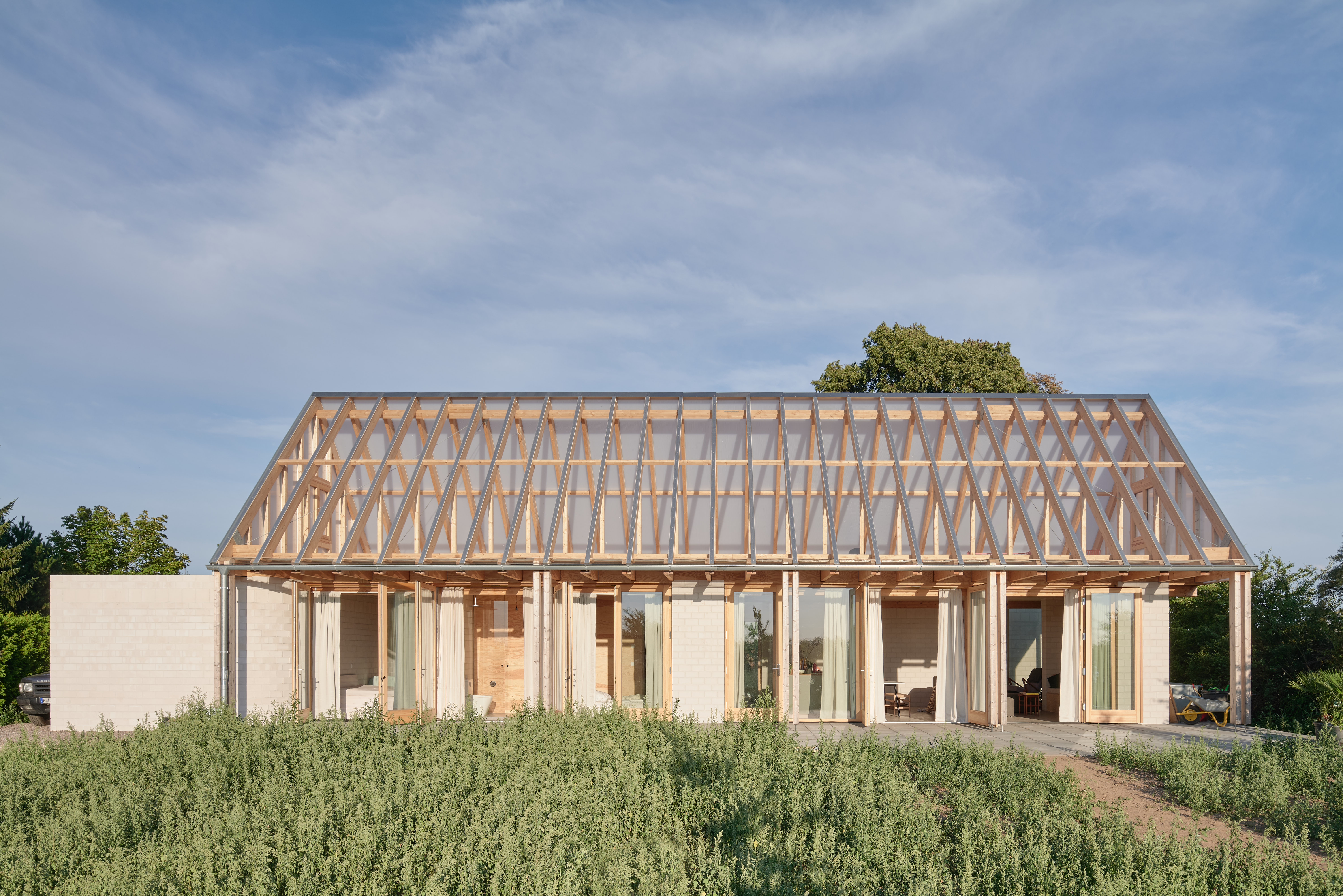 Playfully transparent roof defines German Glass House escape
Playfully transparent roof defines German Glass House escapeThe Glass House by Sigurd Larsen, set amid nature outside Berlin, is an unconventional country home with a distinctive transparent roof
By Ellie Stathaki
-
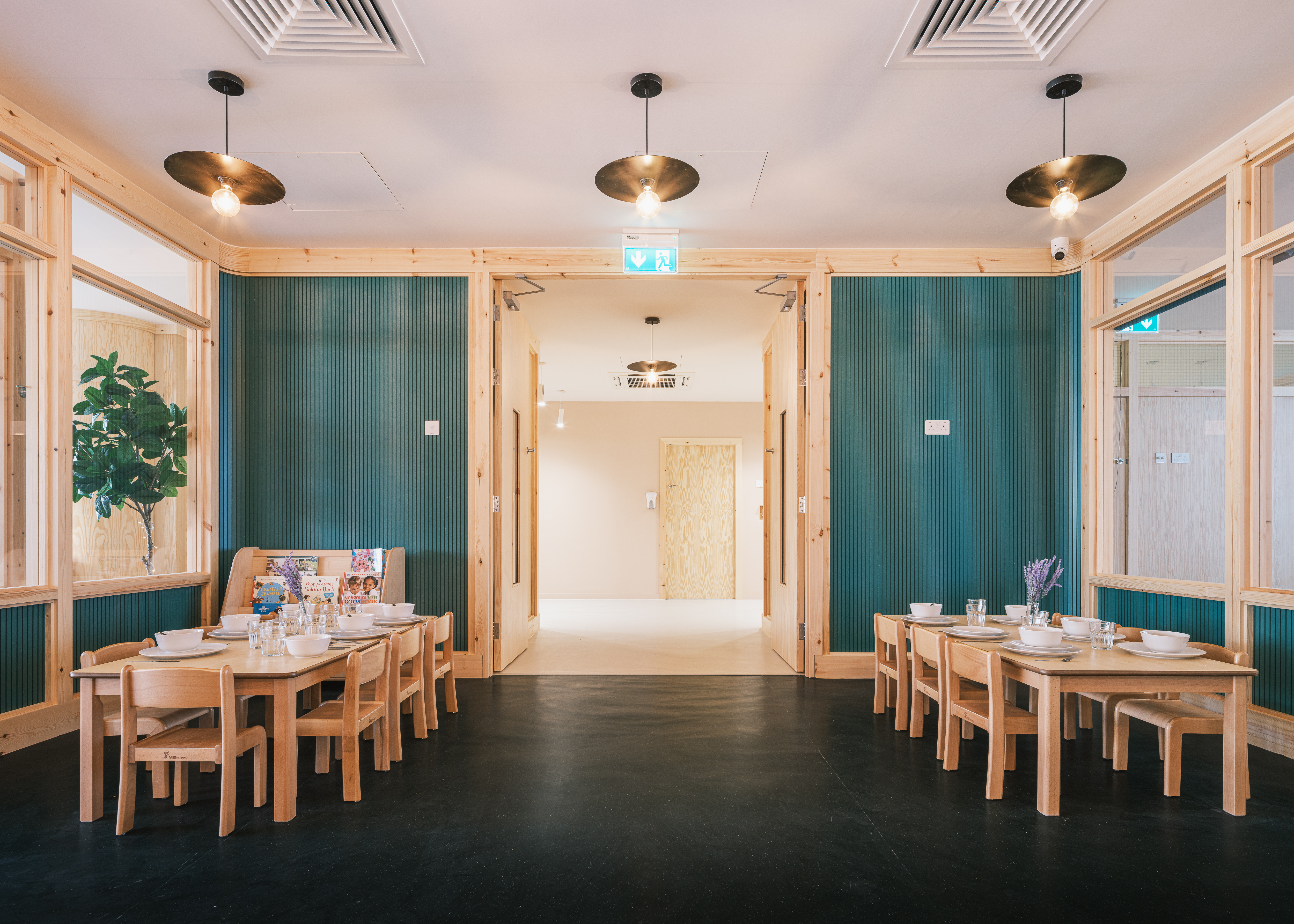 The Learning Tree nursery nurtures through sustainable architecture
The Learning Tree nursery nurtures through sustainable architectureThe Learning Tree, a Romford nursery by Delve Architects, uses natural materials and sustainable architecture principles to nurture young minds
By Ellie Stathaki
-
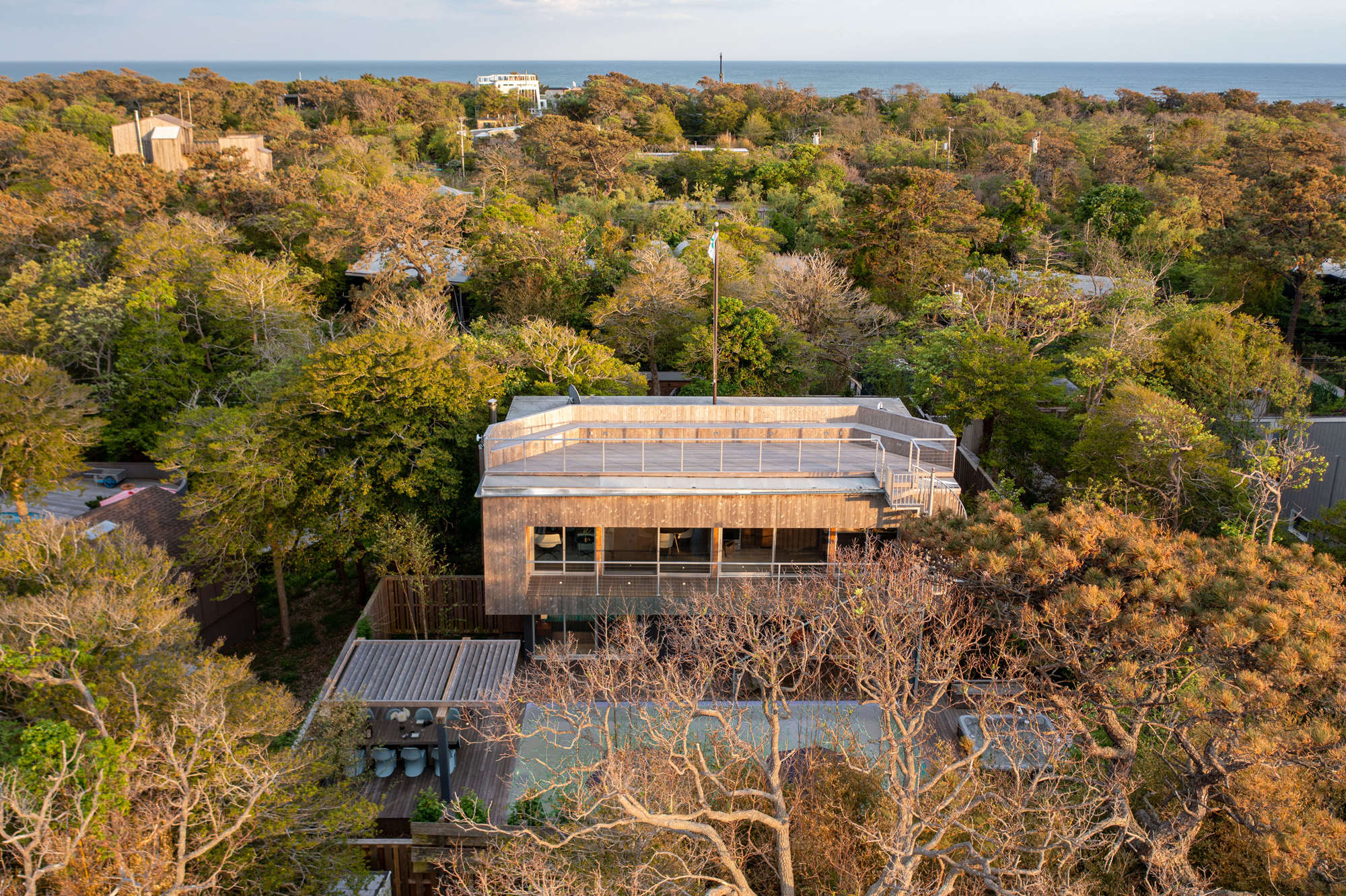 Rawlins Design breathes new life into midcentury Fire Island House
Rawlins Design breathes new life into midcentury Fire Island HouseRawlins Design respectfully remodels a midcentury gem on New York’s Fire Island, a 1969 house originally designed by architect Harry Bates
By Alfredo Mineo
-
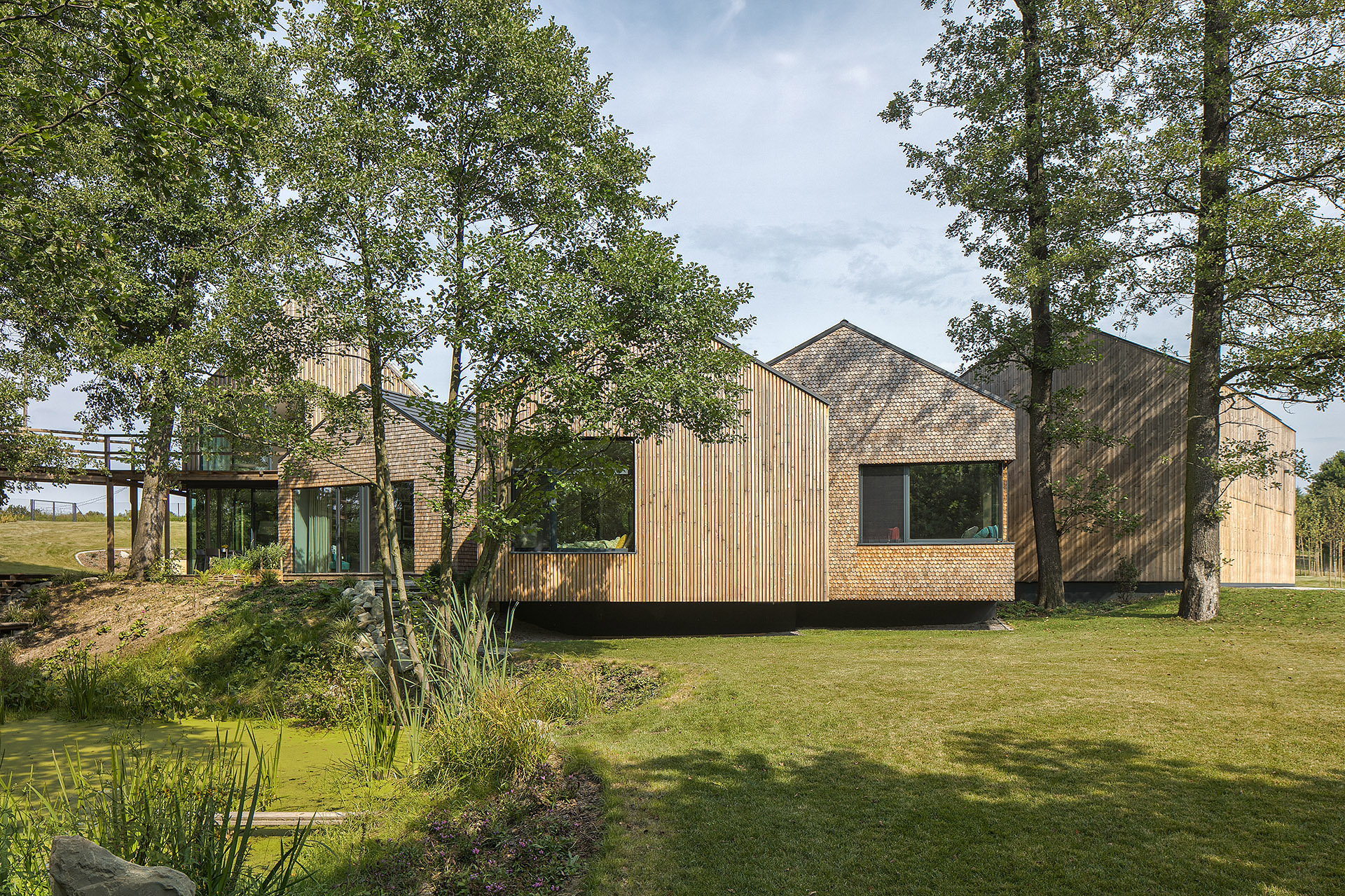 Escape to the country with this contemporary Polish farmhouse
Escape to the country with this contemporary Polish farmhouseBXB studio head Bogusław Barnaś and his team transform a Polish farmhouse into a 21st century rural home
By Ellie Stathaki